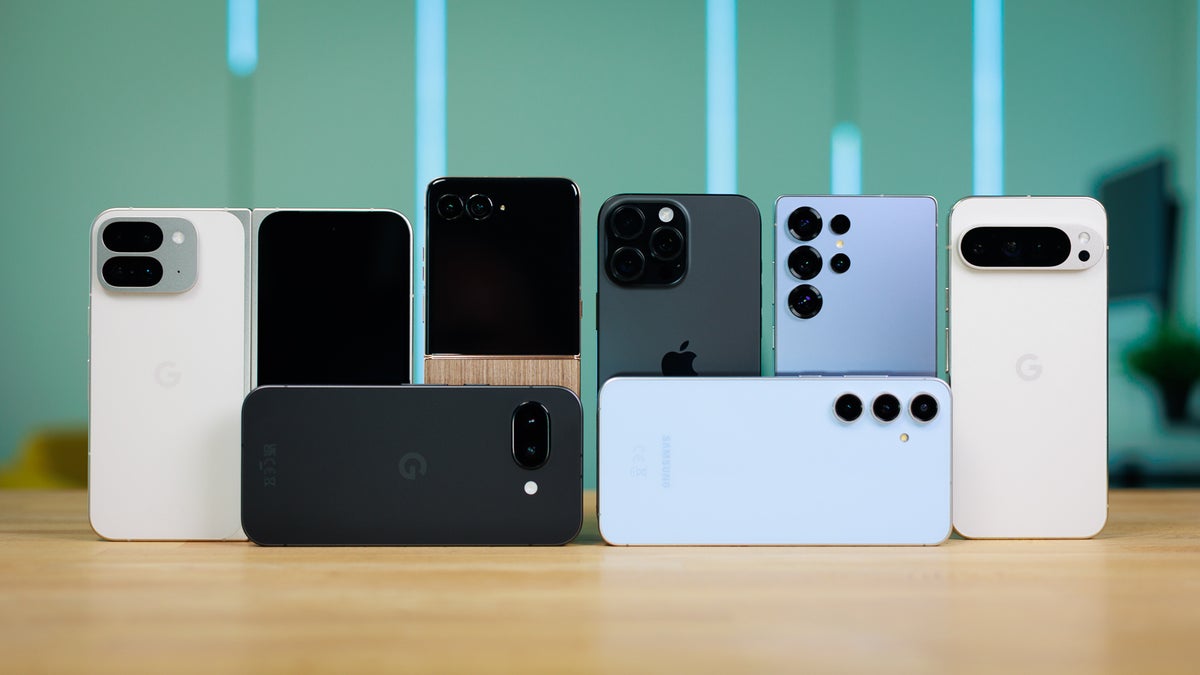
Across the United States, schools have grown increasingly strict regarding student cell phone use, turning what was once a classroom management issue into a nationwide policy movement. More than thirty states, along with Washington, D.C., have now passed laws or directives restricting or outright banning phones during the school day—part of a growing effort to curb distractions, improve focus, and address concerns about mental health and social media overuse among students, particularly in high school.
In the past, most schools handled phone use on a case-by-case basis, leaving it to teachers or districts to decide how strictly to enforce the policy. But the trend has shifted sharply toward state-level mandates. States like Texas, New York, Arizona, and California have recently passed sweeping laws requiring schools to go “phone-free” for most, if not all, of the day. Texas’s new House Bill 1481 prohibits students from using personal devices during class, lunch, or even passing periods. New York Governor Kathy Hochul announced a “bell-to-bell” phone ban, making her state the largest in the nation to restrict smartphone use from the first bell to the last. Arizona Governor Katie Hobbs also signed a classroom phone ban into law this year, and California’s “Phone-Free School Act” will require all schools to adopt formal restrictions by 2026.
Supporters of these bans argue that smartphones have become one of the biggest barriers to learning. Teachers report that students struggle to stay focused when notifications, texts, and social media are only a glance away. Many psychologists link constant phone access to anxiety, cyberbullying, and depression, particularly among teenagers. By creating phone-free environments, schools hope to restore in-person interaction, reduce distractions, and improve both academic performance and emotional well-being. “It’s not just about grades,” one Arizona teacher told local reporters. “It’s about giving kids a break from the pressure of being online all day.”
However, many believe this movement reflects more about adult anxieties than student realities. Public perception of teen phone use is shaped largely by viral headlines, out-of-context classroom clips, and alarmist studies portraying students as helplessly addicted to their screens. In reality, most students have already adapted to living with technology. Smartphones are no longer a novelty or a constant disruption; they are part of the basic infrastructure of education. Assignments are submitted through digital platforms like Canvas, grades and announcements are posted online, and communication with parents and teachers often occurs through email or text. Phones have become the backbone of organizations in modern schooling.
School-imposed bans, then, attempt to reverse a dependency that schools themselves created. Educational systems have built digital reliance into every aspect of student life and are now penalizing students for using the tools that institutions required them to adopt.
The result is an illusion of progress. Locking up devices may make classrooms quieter, but it does not make learning more engaging. Distraction stems less from technology than from uninspired instruction and outdated curriculum models that fail to capture students’ attention in a digital age. Without rethinking what happens in the classroom, taking away what happens outside of it changes little.
This contradiction turns “phone-free” policies into symbols of control, rather than solutions to distraction. This ignorance poses the risk of introducing new challenges into the learning environment, forcing many students to develop new methods for learning and school-based communication. It leaves them floundering as the very foundation of the modern education system is disrupted, introducing more difficulties than solutions. Students describe school-related phone usage as similar to that of a calculator: “That was controversial once, too. But now most math isn’t done without it.” They contemplate whether banning phones is the solution, or if teaching proper, more supportive phone usage could be key.
Mental health concerns are equally complex. Removing phones for a few hours a day does not erase the pressures of social media or the emotional weight of online life. A student is more likely to fall into the ‘rabbit hole’ that is social media between the hours of 10 p.m. and 2 a.m. than during typical school hours of 8 a.m. to 3 p.m. If the goal is to help students navigate technology responsibly, education systems must teach digital literacy and emotional regulation while encouraging healthy at-home habits and promoting support systems, not enforcing blanket bans that sidestep both.
This generational divide has also exposed a recurring pattern in education policy: adults legislating about young people without consulting them. The conversation surrounding youth focus and mental health rarely includes the very voices it claims to protect. Students are treated as the subject of reform, not participants in it. This creates an unavoidable misunderstanding between the two groups—adults lived entirely different lives during their high school years than current students. The only way to accurately assess the modern school experience is to talk to someone actively living it.
Phone bans offer adults the comfort of decisive action but do little to address the underlying causes of disengagement and distress. A more effective approach would combine structure with empowerment—guiding students toward responsible, mindful use of technology while fostering classrooms that are engaging enough to compete with it. The real challenge is not removing phones from schools, but rebuilding schools to function meaningfully in a world where technology is always—and will always be—within reach.